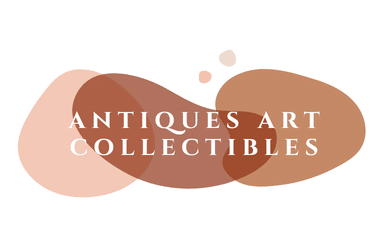antiques-art-collectibles
Automotive
Business
How to Craft a Data-Driven User Experience for UK E-commerce Sites?
In an increasingly digital world, the art of crafting a user experience has become even more critical. Today, the success of your online storefront is...
Read more
What Are the Effective Strategies for Building a Subscription-Based Business Model in the UK?
As you navigate the dynamic world of business, it’s crucial to understand the different models you can utilise to drive growth and sustainability. One such...
Read more
How Can UK Businesses Utilize Gamification for Employee Training and Engagement?
Today’s businesses are always in search of innovative and effective methods to train their employees, enhance engagement and boost productivity. One technique that is gaining...
Read more
Cooking
What’s the Secret to the Ultimate Vegan Chocolate and Avocado Mousse?
Chocolate has long been the king of desserts, an irresistible indulgence for so many. Yet, as awareness of animal welfare, personal health, and environmental sustainability...
Read more
finance & real estate
health
Home & Living
News
pets
How to Ensure Adequate Socialization for a Puppy During COVID-19 Quarantine?
The COVID-19 pandemic has brought with it a multitude of challenges and changes in the way we live our daily lives. For dog owners, one...
Read more
How to Choose the Correct Size and Type of Collar for a Growing Great Dane Puppy?
As dog owners, we understand the importance of finding the perfect collar for your pup. Not only does the collar serve practical purposes like holding...
Read more
What Are the Best Techniques for Trimming the Nails of a Sensitive Shih Tzu?
Grooming your Shih Tzu puppy is an essential part of their overall health and well-being. The process not only includes brushing and cleaning their thick...
Read more
sports
technology
Woman / fashion
How Can You Style a Faux Leather Skirt for an Edgy Yet Office-Appropriate Look?
From the catwalks to the high street, faux leather has entrenched itself as a mainstay in modern fashion. Whether you’re attracted to its rebellious edge...
Read more
Copyright 2024. All Rights Reserved
